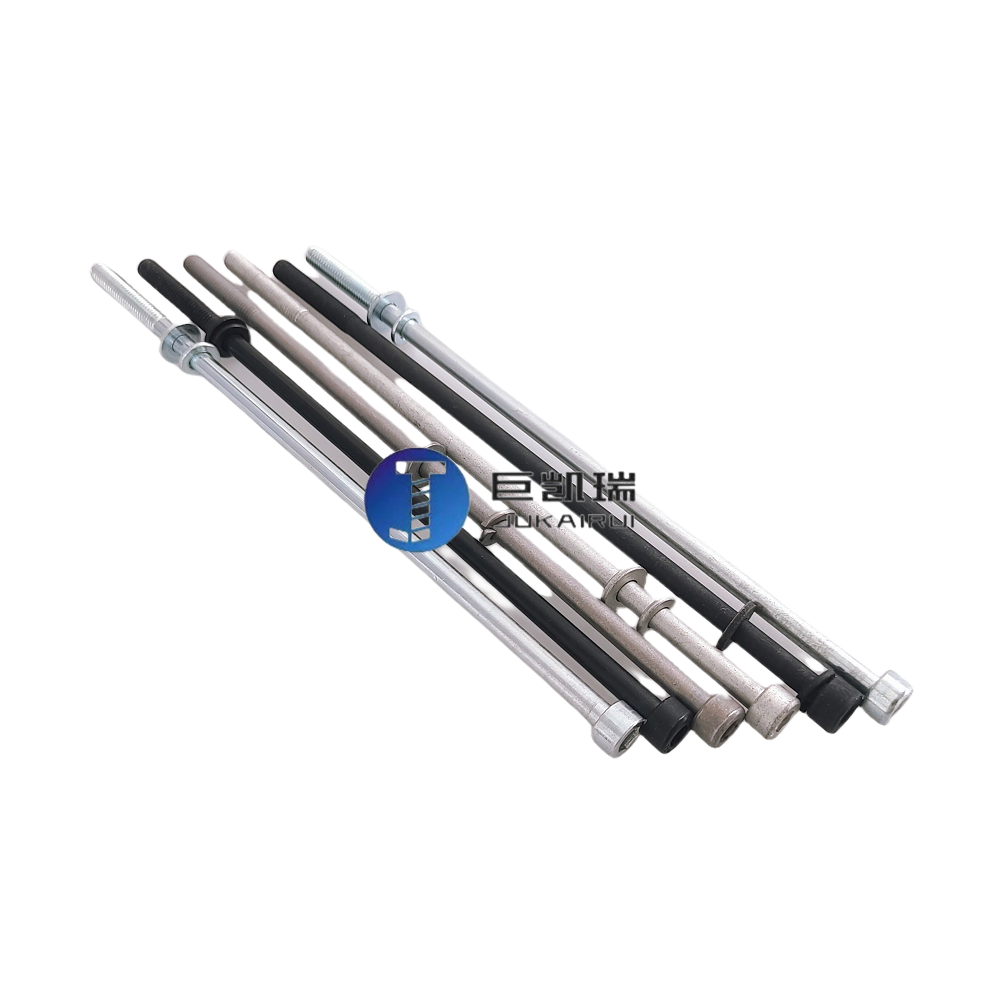Release time:2020-01-16 18:44 Browse:

In daily life and all kinds of engineering projects, we often encounter the need to install extension screws. Because of their unique length design, these screws can establish a solid connection between deeper material layers or further connection points, and are widely used in furniture assembly, mechanical equipment installation, building reinforcement and other fields. So, how to install extension screws correctly and efficiently? This article will explain the preparation, installation steps, and precautions in detail to ensure that you can easily master this skill.
### Preparation
#### 1. Prepare tools
- ** Screwdriver or wrench ** : Select the right tool according to the type of screw head (such as word, cross, hex, etc.) to ensure that the screw can be firmly tightened.
- ** Torque wrench ** (optional) : For occasions where precise control of tightening force is required, the use of torque wrench can avoid damage caused by too tight or loosening caused by too loose.
- ** Cleaning cloth ** : used to clean the dust and impurities of the screw holes and screw surfaces to ensure good contact during installation.
- ** Lubricating oil ** (optional) : In certain cases, such as the screw material easy to rust or need a smoother rotation, you can apply the appropriate amount of lubricating oil.
#### 2. Check the materials
- ** Check screws ** : Ensure that the selected extension screw matches the required installation location, including length, diameter, thread type, etc. At the same time, check whether the screw has damage, cracks or rust, so as not to affect its strength and service life.
- ** Check hole position ** : Ensure that the screw hole position is clean, free of impurities, and the aperture matches the screw diameter. For newly drilled holes, check whether their perpendicularity and depth meet the requirements.
### Installation steps
#### Step 1 Align the screws with the holes
The first step in installing extension screws is to ensure that the screws are correctly aligned with the holes. This not only reduces the resistance during installation, but also ensures the verticality and stability of the screw installation. When the screw is aligned with the hole, you can gently rotate the screw by hand to feel its smoothness, and adjust it with the aid of auxiliary tools if necessary.
#### Step 2: Pre-tighten nuts
For extension screws with nuts, it is usually necessary to pre-tighten the nuts during installation. Turn the nut gently onto the screw, but do not tighten completely. The purpose of this step is to secure the screws to prevent them from slipping or deviating during subsequent installation.
#### Step 3: Tighten the cables gradually
After the nut is pre-tightened, tighten the screws gradually. Using the appropriate tool, turn the screw with even force in a clockwise direction while observing the tightening of the nut. Pay attention to keep the force moderate to avoid excessive force resulting in screw breakage or damage to the material. For situations where precise control of tightening force is required, a torque wrench can be used.
#### Step 4: Check for fastness
After installation, be sure to check the fastness of the screws. Gently shake the two connected parts and observe whether there is any loosening. If necessary, use a torque wrench for secondary tightening to ensure a solid and reliable connection.
### Precautions
- ** Safety first ** : During the installation process, be sure to wear the appropriate safety protective equipment, such as gloves, goggles, etc., to prevent accidents.
- ** moderate force ** : When tightening the screws, the force should be moderate to avoid too tight or too loose. Too tight may lead to screw breakage or material damage, too loose will cause the connection is not strong.
- ** Check the material ** : Screws and connectors of different materials have different physical properties, so special attention should be paid to the selection and use. For example, stainless steel screws have good corrosion resistance, but the hardness is high, and attention should be paid to choosing the right tools for installation.
- ** Regular maintenance ** : For long-term extension screw connections, regular maintenance and inspection should be carried out to ensure the stability and safety of the connection. If loose or damaged phenomenon is found, it should be replaced or repaired in time.
Through the above steps and precautions in detail, I believe you have mastered how to correctly install the extension screw method. In actual operation, just follow these steps, and pay attention to the relevant details and precautions, you can easily complete the installation of the lengthening screw.
# Lengthening screws # Lengthening bolts # Lengthening outer hex screws # Lengthening inner hex screws # fasteners

